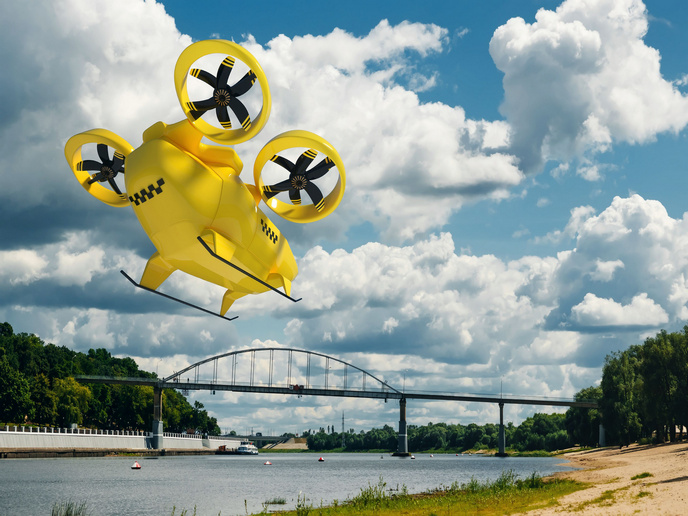Air traffic control: Safety first
The 'Air guidance and surveillance 3D' (ARGUS 3D) project developed a multi-sensor system able to return detailed three-dimensional (3D) maps of the area under surveillance. By analysing information data from multiple sensors, it provides information about the nature of non-cooperative aircraft and the level of threat they present. The ARGUS 3D system combines the advantages of conventional surveillance systems with those of two con-conventional radar-based systems. It analyses data received from 3D primary surveillance radars to determine the altitude of an aircraft. At the same time, a network of passive radar sensors allows to view targets from different perspectives. The combination improves the accuracy with which an object's position is determined as well as the extent of the area covered, thus reducing the blind areas while increasing safety in sensitive areas. The ARGUS 3D system is expected to provide a significant upgrade to the air traffic picture in critical situations like terrorist activities. From tests carried out under real-life conditions in the area around Rome, researchers determined the accuracy with which the position of non-cooperative aircraft can be estimated. There is room for improvement, especially through the use of antennas able to more accurately steer the emitted beams. However, in those cases analysed by ARGUS 3D, the altitude was estimated with accuracy that reaches 300 metres. By analysing data from ground sensors, instead of solely relying on data transmitted by aircraft, alerts can also be provided in timely manner. Once an incoming threat is detected, the ARGUS 3D system can assist the operator suggesting the most effective countermeasure in the area under surveillance. The ARGUS 3D system, with further improvements, could be applied beyond civil ATC challenged by the steadily growing number of aircraft. The way to application to battlefield airspace and vessel traffic control has been paved and also to monitor cars in open space. These applications will no doubt be further investigated within future projects.
Keywords
Air traffic control, safety, terrorist attack, radar, aircraft, antenna, countermeasure







